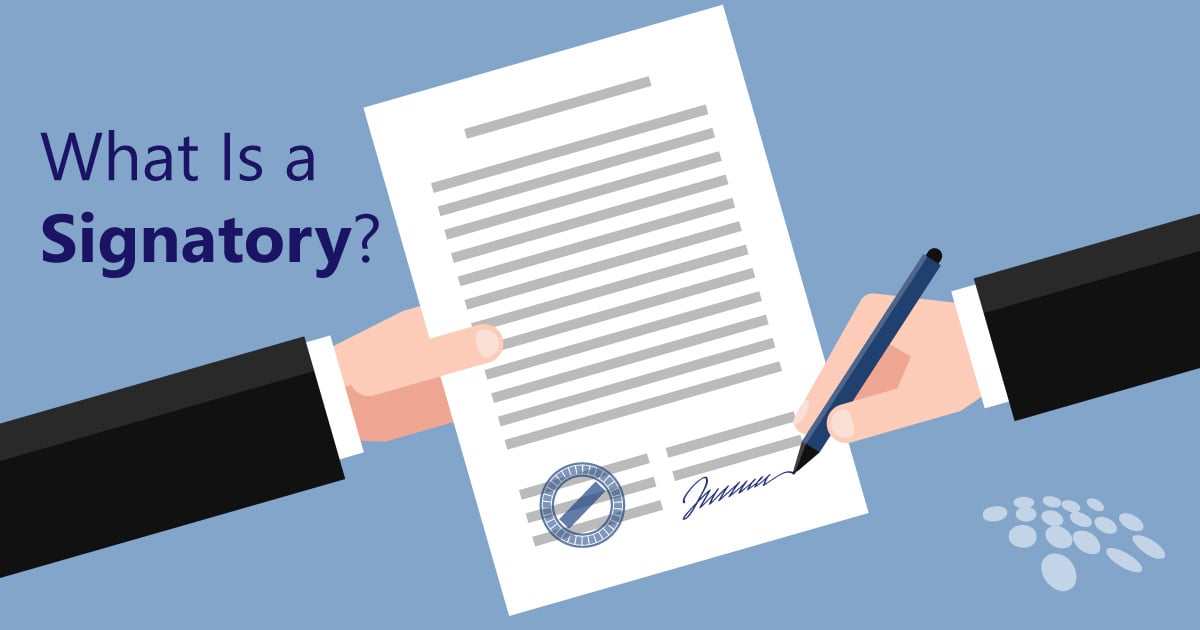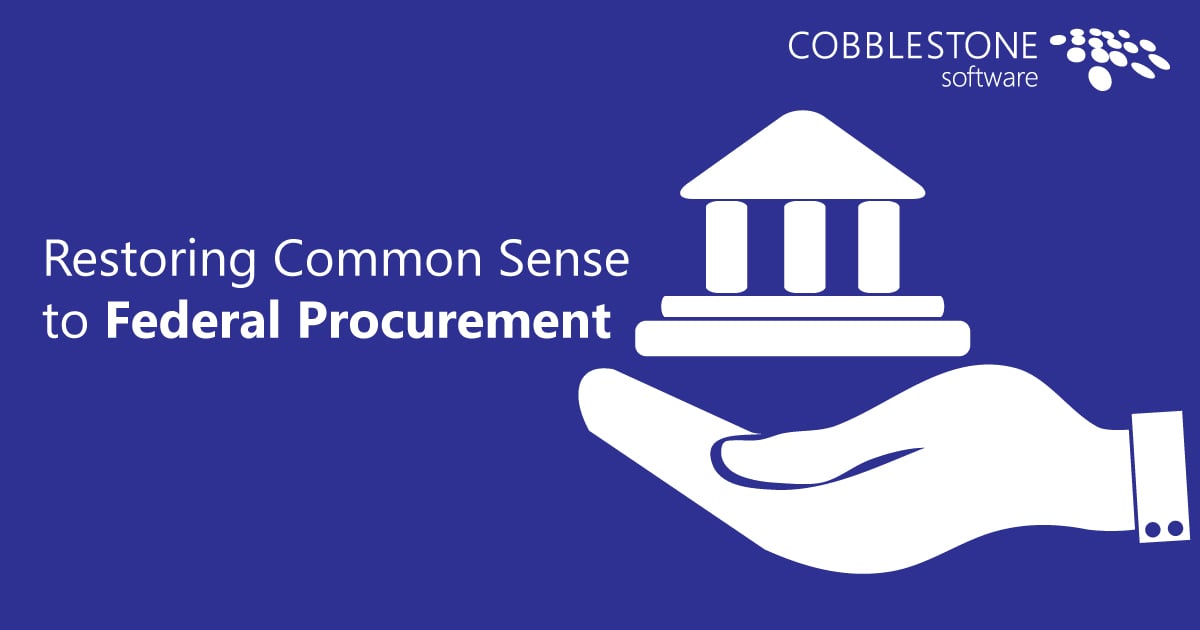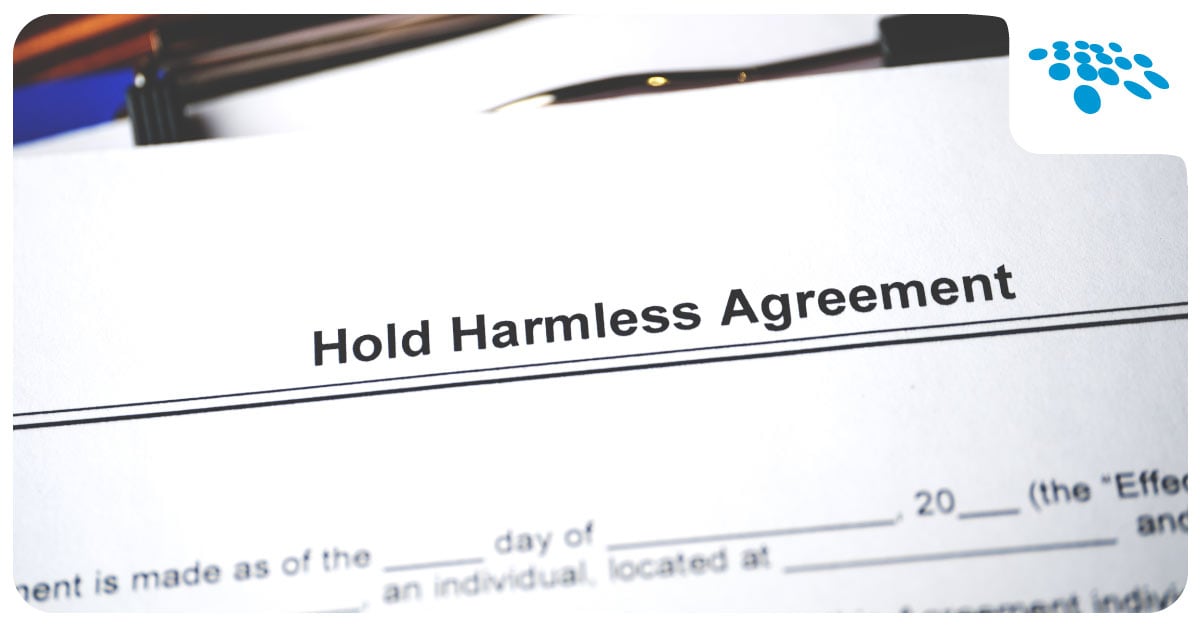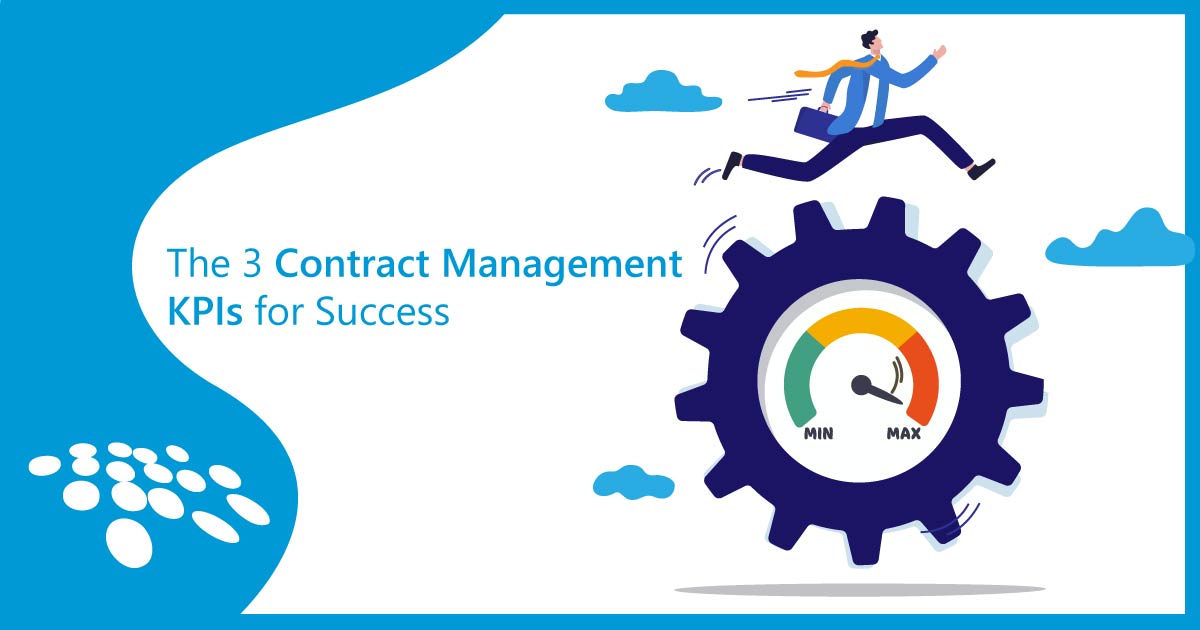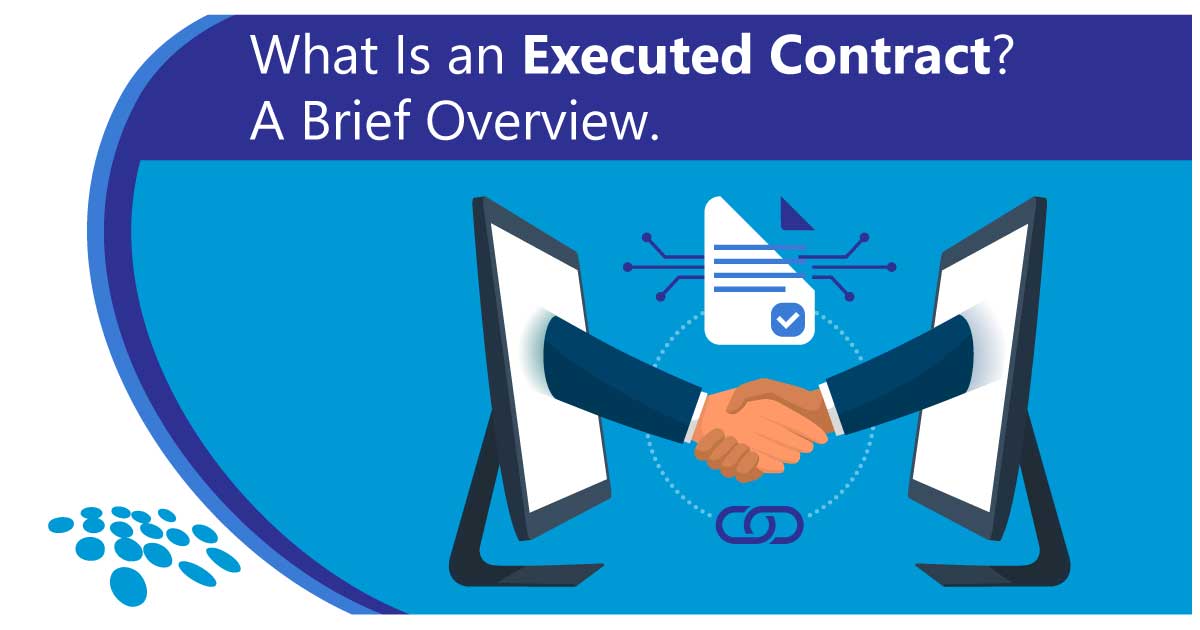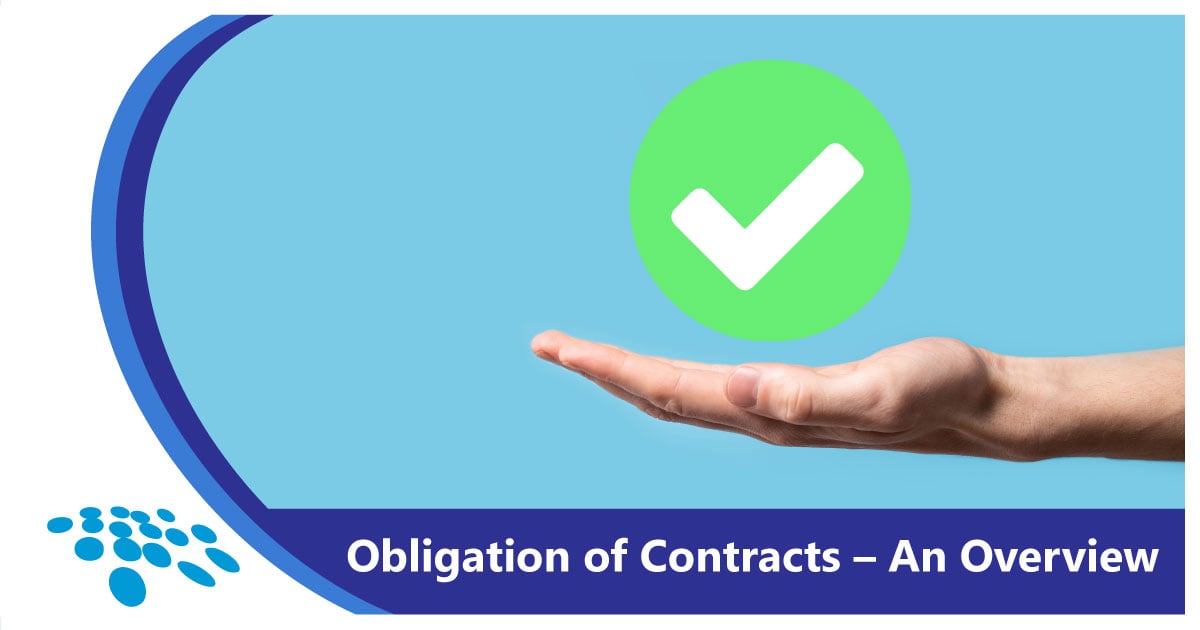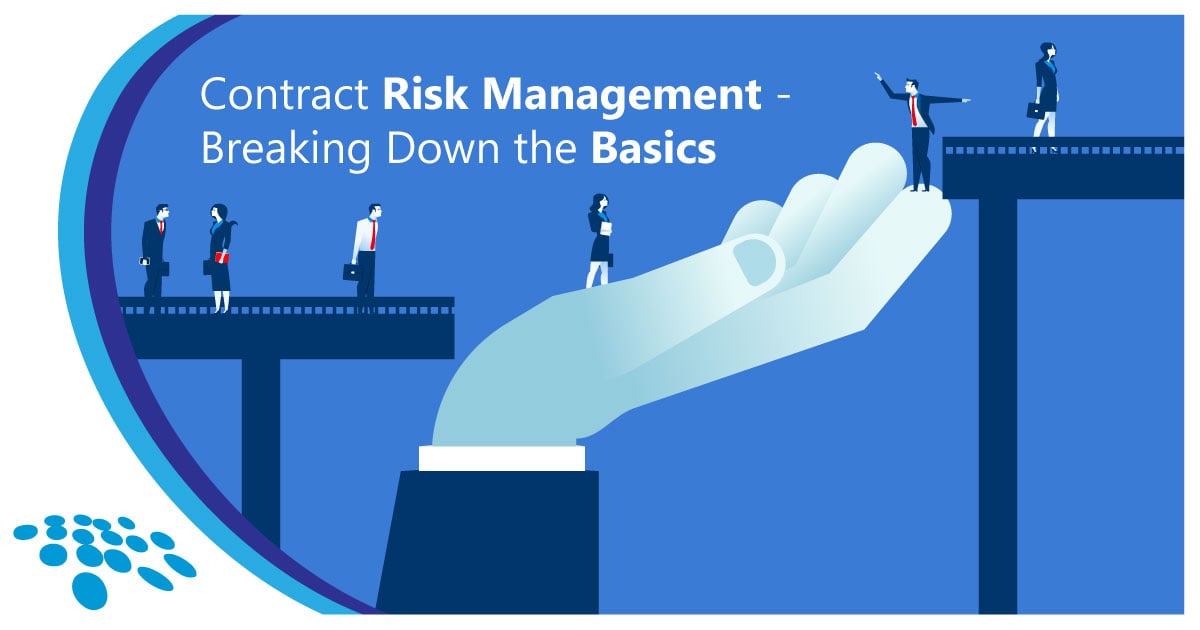
What is contract ratification? A contract is not legally binding until it is ratified. Once a contract is ratified, it is transformed from a tentative agreement into a legally enforceable contract. However, the ratification process can be compromised by ambiguous terms and conditions, errors in the management of the agreement, and uncertainties about the authority of the parties involved. To elucidate the purpose of ratifying a contract and how to avoid issues, let's explore contract ratification in detail in this blog post.
What Does Ratification of a Contract Mean?
Ratification of a contract involves its formal confirmation or approval - making it a legally binding agreement. Parties involved agree to its terms and conditions - typically through signing a contract or providing verbal or written authorization. The contract is thus legally enforceable - meaning that if one party fails in its obligations, the other party can seek legal action for breach of contract.
Examples of Contract Ratification in Action
Below are some examples of the ratification of a contract in action.
- Real Estate Transactions: A contract is ratified after the seller and buyer agree to the terms and conditions of a purchase agreement or a sales and purchase agreement. Both parties sign the contract and agree to conditions, pricing, and timelines for obligations.
- Collective Bargaining Agreements: Ratification of CBAs involves the employer and the union representing the employees. First, the parties reach a tentative agreement. Next, the union casts a majority vote. Then, the deal is signed by both the union membership and the employer to ratify the agreement. If either side rejects the agreement, they both go back to the bargaining table, and the process restarts.
- International Agreements: In international law, ratification occurs when a state formally declares its consent to be bound by a treaty, executive agreement, or other contract. A state leader (or, in the US, an executive branch member) formally signs the deal.
Contract Ratification Automation: How Contract Management Software Helps
Contract management software can streamline the ratification of a contract by automating contract lifecycle management.
Easily configured workflows can automate approval routing to necessary stakeholders for review and approval. Scheduled notifications and reminders can be sent to designated approval personnel when their input is required, preventing delays. Simplified tracking of contract progress through the approval chain can provide visibility into bottlenecks and statuses.
Integrated electronic signatures—such as CobbleStone's IntelliSign®—support quick and secure online signing, speeding up contract ratification. Additionally, eSignatures eliminate the need for printing, signing, scanning, and mailing. Advanced solutions provide full audit trails of signatures with timestamps for enhanced security, visibility, and compliance.
With cloud-enabled access, stakeholders can access, review, and approve contracts from anywhere at any time, facilitating location-agnostic collaboration. Contract management software tracks all revisions and changes, fostering clear audit trails and preventing confusion. CLM software users can collaboratively auto-redline and add comments to contracts, streamlining the negotiation process so each party agrees on terms fast and painlessly. With a single source of truth in CLM software, all parties work with the most up-to-date version of a contract, preventing ratification errors and misunderstandings.
Contract compliance management and risk mapping tools help ensure that ratified contracts adhere to company policies, legal requirements, and situational or industry-specific regulations. Contract management software also offers reporting and analytics through ad-hoc reports, custom-designed reports, and graphical dashboards. These functionalities provide valuable insights into the ratification process, helping identify bottlenecks and areas for improvement in future contracts.
Conclusion
Now that you know how to define contract ratification, understand its legal implications, have an awareness of examples, and learned how to leverage contract management software for the ratification of a contract, it's time to finalize and confirm contracts with the best solution on the market with all of the tools mentioned above and more. That solution is CobbleStone Contract Insight®.
Book a free demo of CobbleStone® to start creating and ratifying contracts faster and more effectively today!
*Legal Disclaimer: This article is not legal advice. The content of this article is for general informational and educational purposes only. The information on this website may not present the most up-to-date legal information. Readers should contact their attorney for legal advice regarding any particular legal matter.








